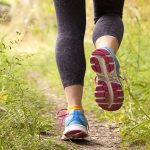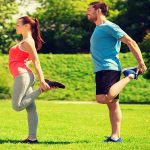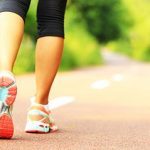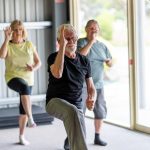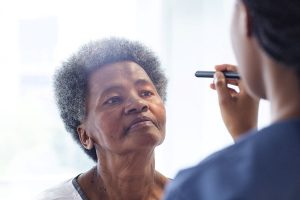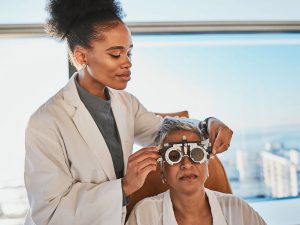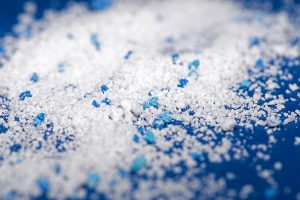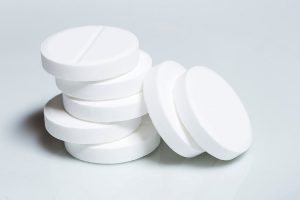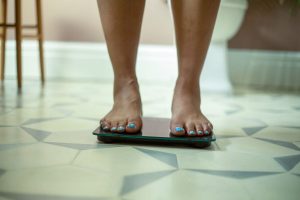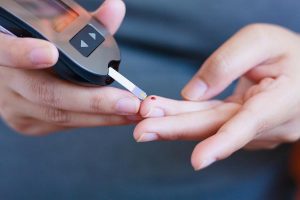
Want to stay healthy well into your golden years? Grab a bag of clubs and hit the green, new research suggests. Golfing beat walking or even Nordic walking (a full-body workout that consists of walking using specialized poles) when it came to improving several key measures of heart health in the small study. “The results of this study are meant to encourage older adults to spend more time on the golf course and play by walking,” said study author Julia Kettinen, a doctoral researcher at the Institute of Biomedicine/Sports and Exercise Medicine at the University of Eastern Finland in Kuopio. “Golf is a great way to exercise, as it motivates individuals to move, often without even realizing the distance they’ve walked during the game.” For the study, investigators compared the heart health effects of an 18-hole round of golf to about 3.7 miles of Nordic walking or walking among 25 healthy golfers aged 65 or older. The researchers measured blood pressure, blood sugar and cholesterol. Participants also wore heart monitors and fitness devices to track distance, duration, pace, steps and calories burned. All three types of aerobic exercise improved heart health after a single session, but golf took the top prize, the study showed. Golf is a lower-intensity exercise than Nordic walking and walking, but an 18-hole golf game lasts around four hours, and players… read on > read on >












